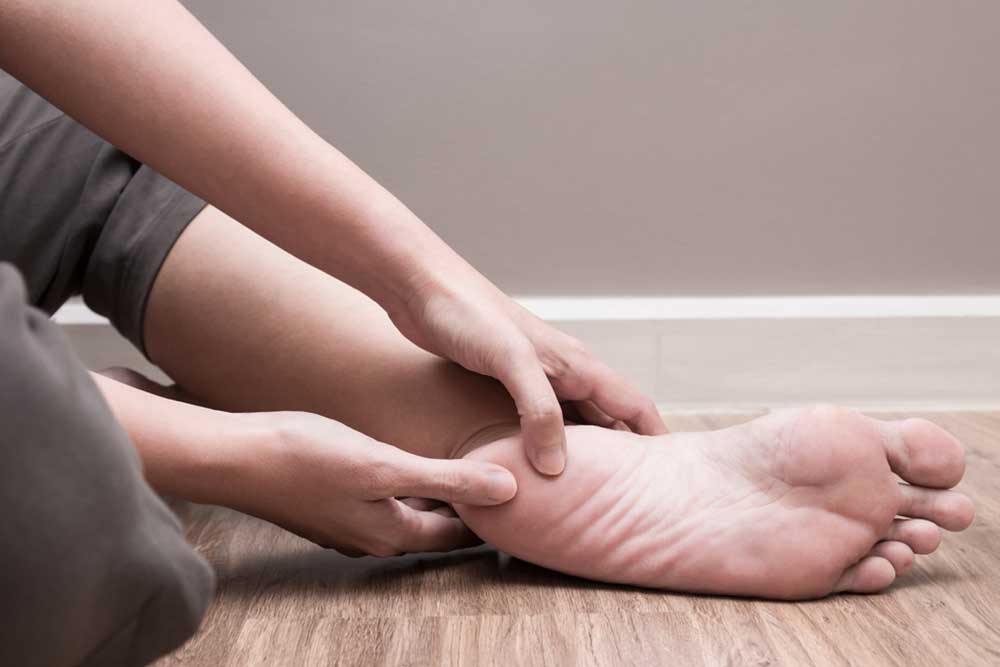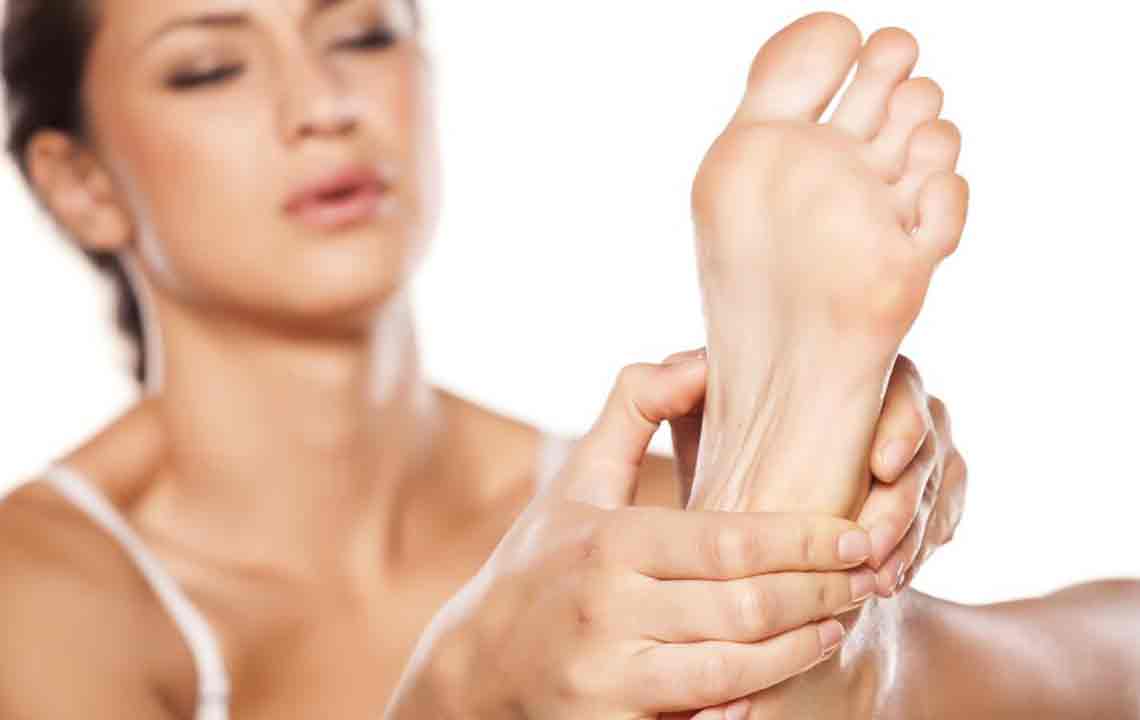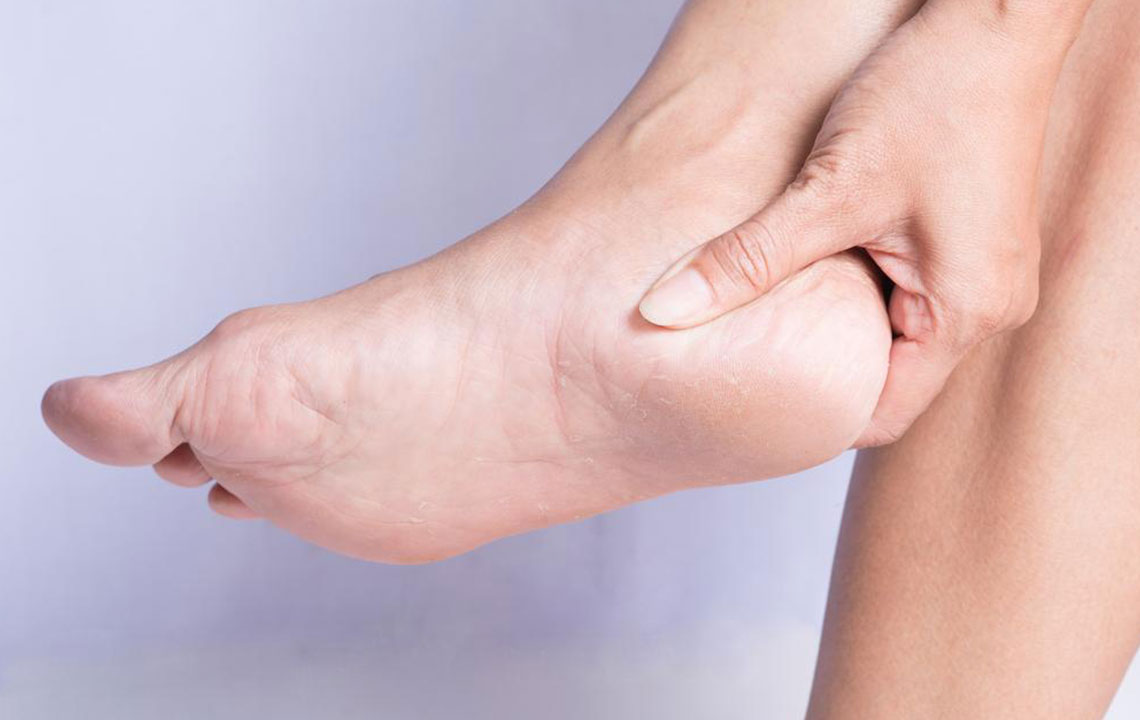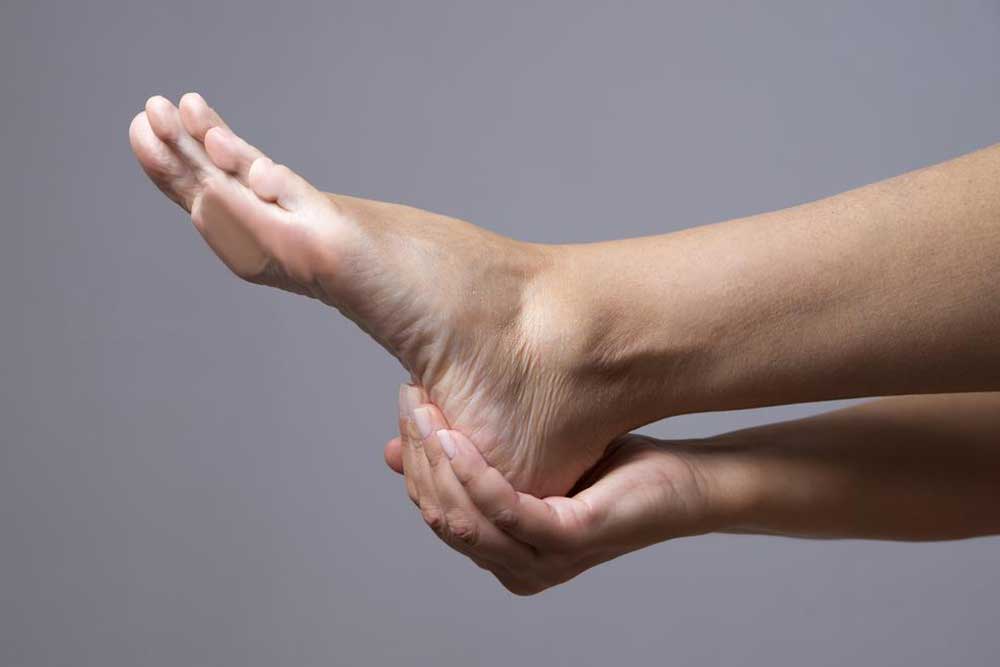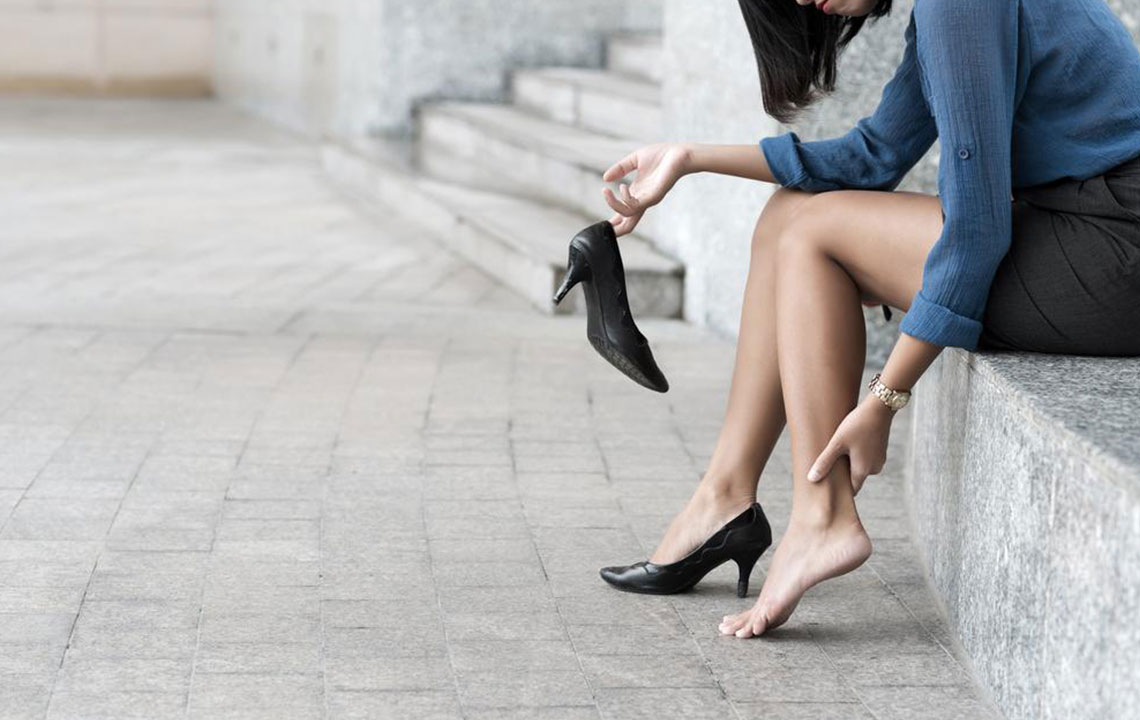Comprehensive Guide to Heel Spur: Causes, Symptoms, and Treatment Strategies
This comprehensive guide explains heel spurs, including their causes, symptoms, and treatment methods. It covers non-surgical options, surgical procedures, preventive tips, and dietary recommendations to maintain foot health and reduce heel pain. Ideal for those experiencing heel discomfort or looking to prevent heel spur formation, the article emphasizes the importance of proper footwear, weight management, and nutrition in managing this condition effectively.
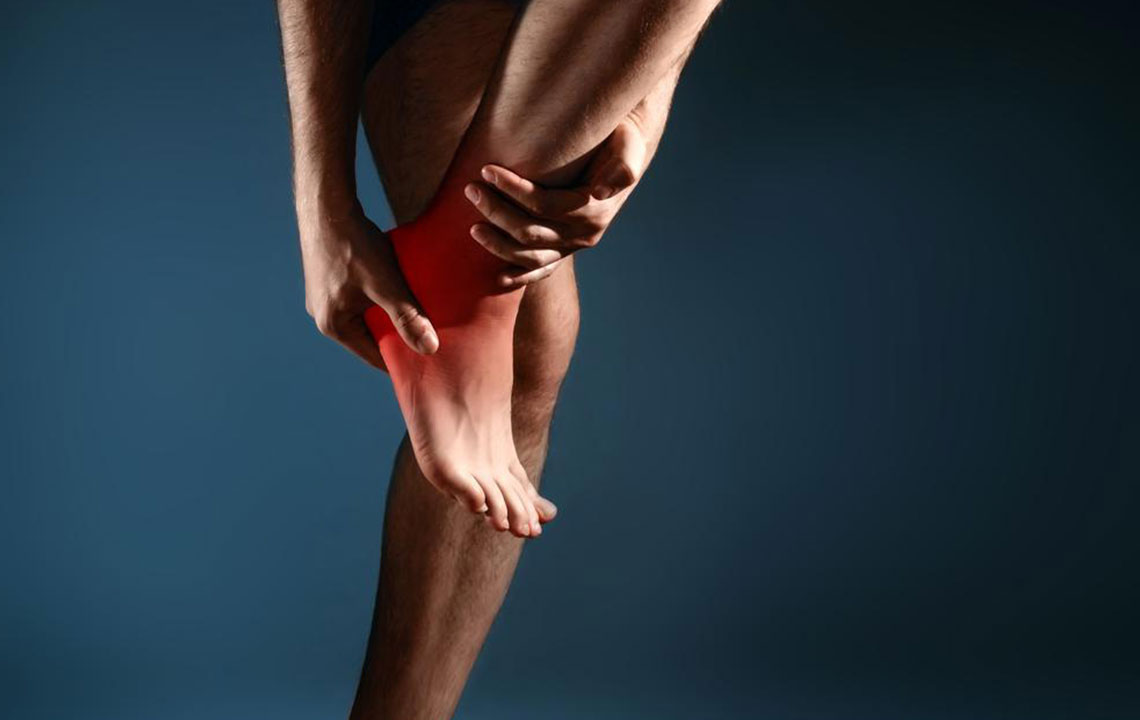
Comprehensive Guide to Heel Spur: Causes, Symptoms, and Treatment Strategies
A heel spur is a bony growth that develops on the heel bone due to calcium buildup, often resulting from repetitive stress or injury. Common in athletes who frequently run or jump, heel spurs form when the plantar fascia tissue, which supports the arch, becomes overstretched or damaged. The body's healing response causes calcium deposits, leading to a protrusion. These spurs are often associated with heel pain, especially upon waking or after prolonged activity.
Understanding the causes of heel spurs:
Heel spurs develop when calcium accumulates on the underside of the heel over months or years. Factors like repetitive strain, ligament tears, and stretching of the plantar fascia contribute to their formation. Excess weight, abnormal gait, and poorly fitting shoes lacking adequate heel support also increase risk. Continuous stress on the heel damages tissues, prompting calcium deposits as part of the healing process.
Signs and symptoms of heel spurs:
While many people with heel spurs remain symptom-free, some experience sharp or stabbing pain during walking, jogging, or standing. Morning stiffness or pain upon waking is common. Soft tissue inflammation often aggravates the discomfort, even if the spur itself isn’t directly painful.
Types of heel spurs:
Heel spurs primarily come in two forms: posterior inferior spurs located beneath the heel, and posterior superior spurs near the back of the heel, close to where the Achilles tendon attaches.
Available treatments for heel spurs:
Non-surgical options: Mild cases can often be managed without surgery. Rest, stretching exercises, and physical therapy help reduce pain. Orthopedic shoe inserts, heel pads, and strapping can relieve stress on the tissues. Over-the-counter medications like ibuprofen and acetaminophen alleviate inflammation and pain. For persistent cases, corticosteroid injections may be recommended.
Surgical intervention: If symptoms persist after 10-12 months of conservative treatment, surgery may be necessary. The procedure typically involves removing the spur and releasing the plantar fascia to relieve tension. Post-surgery, patients might need crutches or special footwear. Although effective, surgery carries risks like nerve damage, infections, and potential recurrence.
Preventive measures for heel spurs:
Choosing supportive footwear with shock-absorbing soles and proper fit reduces the risk. Running or walking shoes should have cushioning and stability tailored to activity. Warming up and stretching before exercise helps relax the heel muscles. Maintaining a healthy weight also lessens stress on the heel, preventing spur formation.
The impact of diet:
A balanced diet rich in magnesium, zinc, and silicon supports tissue health. Consuming anti-inflammatory foods like pineapple and papaya can reduce heel pain and swelling. Proper nutrition, along with supportive footwear and good walking habits, plays a crucial role in heel spur prevention and management.
Following these guidelines can help manage existing heel spurs and reduce the likelihood of future occurrence, promoting healthier feet and greater mobility.


